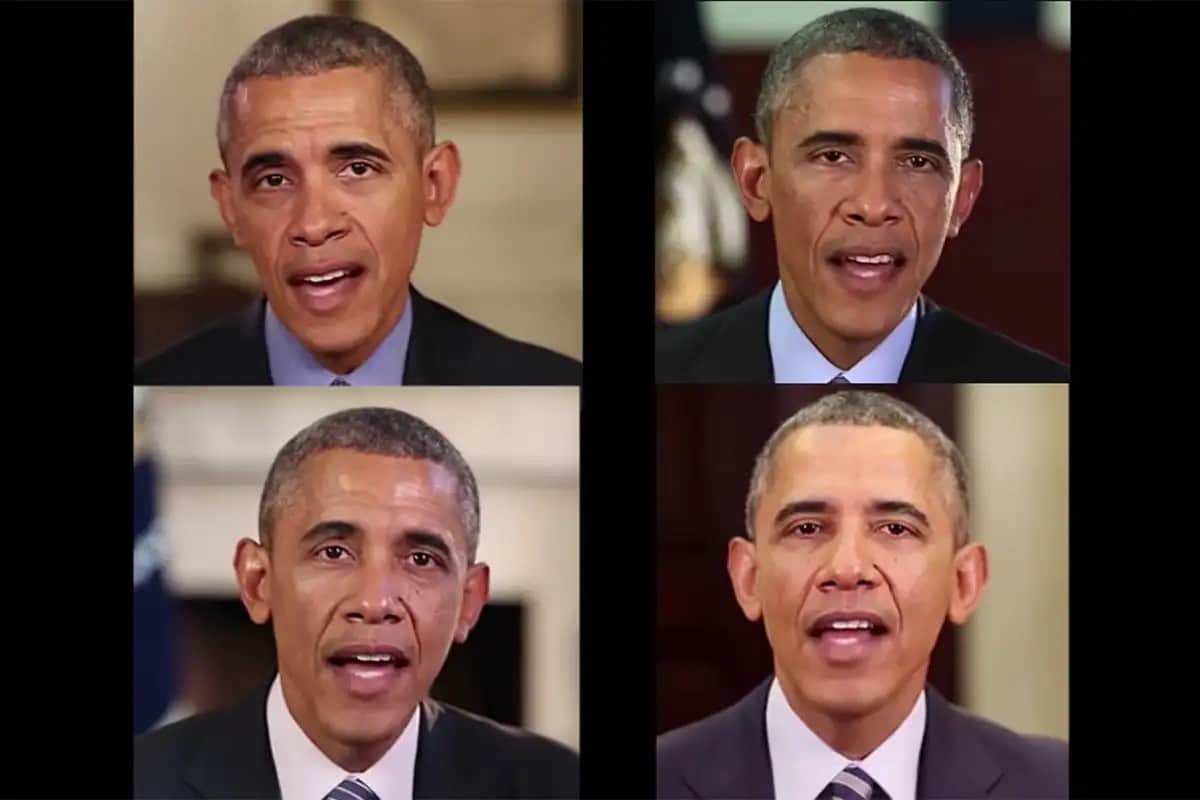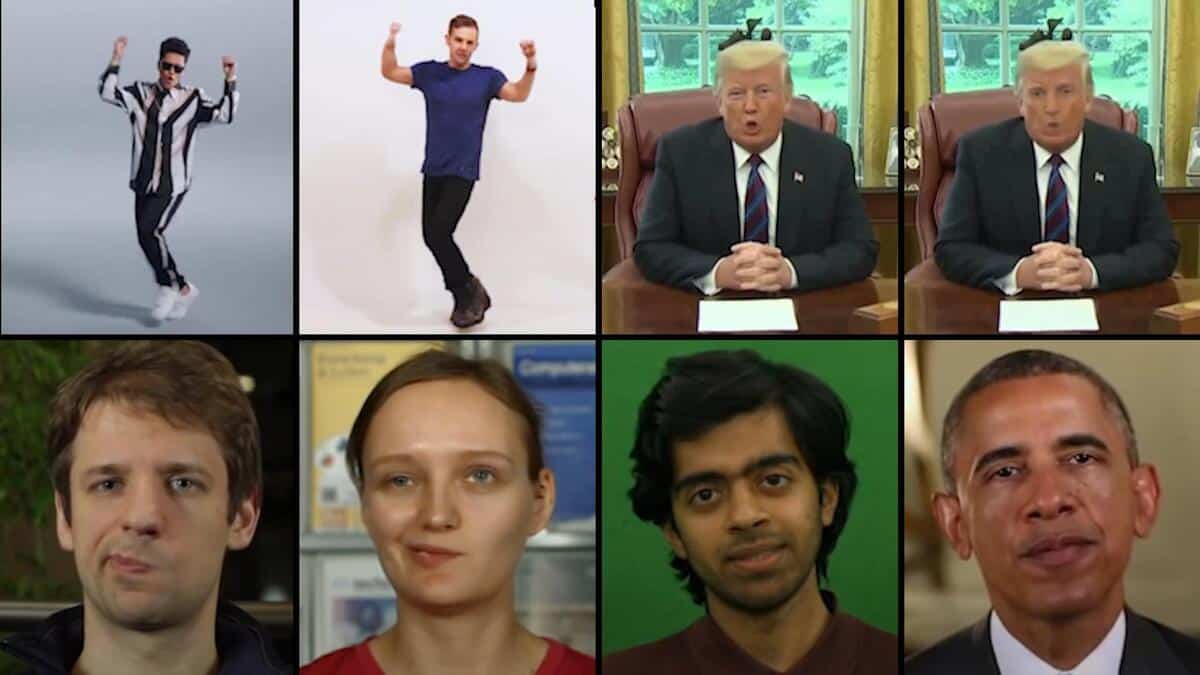
In the last times artificial intelligence has become a topic of discussion in multiple areas. From productivity in the workplace to the creation of multimedia content. There are techniques and sections to consider to identify videos or images that were created using AI. In this article we explore some of the most well-known ones, and how to pay attention to certain details and issues in order to avoid deepfakes.
First you have to understand what the term deepfake refers to, how they are created and what implications they may have. The videos or images created by AI can seem extremely real, but misuse can even lead to legal conflicts.
Videos or images created by AI, what is a deepfake?
The Deepfakes are fake videos and photos created from complex Artificial Intelligence algorithms.. They are used to make it appear that a person does or says things that really did not happen. The advancement of Artificial Intelligence has made it increasingly difficult to detect a fake video. The creations are almost imperceptible, but there are some tricks to identify videos or images by AI that may help you. Always assuming that you should not believe everything you see on social networks.
Face shape; ears and fingers
The first feature that we must attend to in order to try to identify fake videos is the face. The shape of the face and especially the ears can give you a clue as to whether the video is fake. This is due to facial asymmetry, which is very complex to perfectly imitate using AI. It is the greatest indicator of manipulation and can be perceived especially in fingers and ears.
Chris Ume, a famous creator of images using Artificial Intelligence, told the Corridor Crew YouTube channel that the shape of the face always reveals clues. The biggest discordant point in IA figures is usually the ears and fingers. If you can contrast real images and deepfake videos or photos, pay attention to this detail.
visual failures
While images and videos created with AI They may look extremely convincing, there are some angles where flaws appear. The most common thing is that they are perceived when we turn the image to one side. The independent organization Full Fact is dedicated to verifying data in the United Kingdom and recommends “slowing down the video to detect possible errors in AI technology.” This is because there are specific points and moments in which the Artificial Intelligence technology does not fully coincide with the real part of the video.
Expressions and gestures created by AI in videos or images
Another key to detect AI-altered images They are the expressions and gestures. This type of information is known as soft biometrics and can help detect inconsistencies in people. In videos and images about famous people, it is much more common to find these discrepancies in the operation of AI tools.
“Deepfake” technologies still have problems detecting these gestures. That is why inconsistencies or points without contact are usually detected there. It is an interesting section to analyze and try to detect if it is a real video or not.
eye alignment
Paying attention to how the eyes are aligned can also be very useful in detecting attempts to deception with Artificial Intelligence. Try zooming and pausing the video at different times. If the eyes are not focusing in the same direction, it may be an alteration due to Artificial Intelligence. Eye synchronization is another detail in which flaws are perceived. AI technology cannot yet permanently maintain this synchronization of the human body. According to Ume, this is easier to notice in still frames.

Voice and video synchronization
Finally, a key signal to identify deepfakes It is the correct synchronization between voice and video. This is due to the shape that the mouth adopts when we pronounce some particular sounds. Artificial Intelligence technology usually has problems correctly synchronizing these types of sounds. When it comes to detecting if a video or photo was digitally manipulated, this is a good tool.
Conclusions
In times of post-truth, detecting whether a video is real or has been manipulated is essential. When you see an image or video and have doubts, remember to search other sources and check if there are also shots from other angles. The Internet is a great tool, but there are those who spread false information trying to ruin people's reputations or simply make jokes. That is why we must take into account some measures that allow us to confirm the veracity of a photo or video. Artificial Intelligence, otherwise, ends up becoming a dangerous tool depending on the uses that users decide to give it. With these techniques you can be a little more prepared to detect deepfakes.